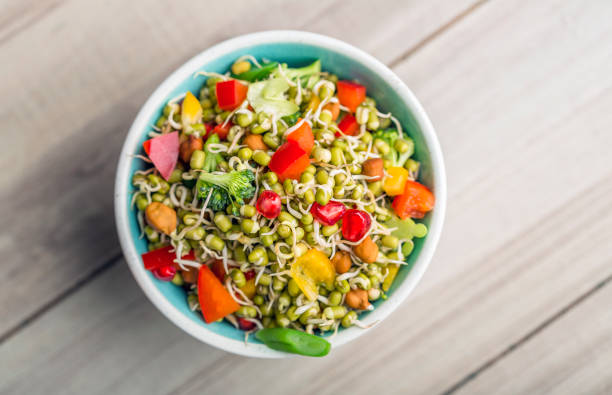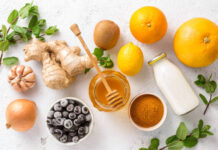Everywhere these days we keep hearing the word superfoods. Feels like every week there is a new magical thing everyone is talking about. One month it’s chia seeds, next month it’s kale or some fancy berry from another continent that claims to burn fat, make skin glow and maybe even cure all your health issues. Truth is, there is nothing like a food that can do all that alone. The term “superfood” is mostly a marketing buzz, but that doesn’t mean these foods are useless. They just ain’t a shortcut to health.
Superfoods basically means foods that are loaded with vitamins, minerals or other good stuff like antioxidants or healthy fats. Like blueberries – they are called superfood because they help fight cell damage. Spinach and kale are packed with iron and folate which keeps you energetic. Nuts like almond, walnut and seeds like chia and flax are rich in omega 3 fats which is good for your heart. But just eating one of them in huge quantity won’t suddenly make you healthy if rest of your meals are still all burgers and fries.
Take berries for example. Strawberries, blueberries, raspberries – all low in calories but full of fiber and vitamin C, they help boost skin glow and immunity. Dark leafy greens like spinach, kale, methi leaves are great for bones and eyes because of vitamin K and calcium. Quinoa has become the fancy grain everyone posts on Insta because it’s rich in protein and is great specially for vegeterians as it has all amino acids.
Seeds are another group everyone calls super. Chia seeds can absorb water and turn gel-like, they are good source of fiber and omega-3 fats. Flax seeds do similar things and can help reduce inflamation. Adding them to your breakfast oats or even just sprinkling over dal or sabzi is an easy step. And turmeric – our desi haldi – is suddenly world famous because it has curcumin which fights inflammation. Our dadi already knew that, but we ignored it till foreigners called it superfood.
Now here’s the main thing: none of these foods will do their magic if your rest of diet is full of sugary drinks, instant noodles and fried snacks. You can’t eat a handful of blueberries on top of a donut and expect it to cancel the sugar. That’s not how it works. Balance is more important than any single so-called superfood.
Another mistake people make is thinking superfoods have to be exotic or very costly. But many local foods we already have are super nutritious too. Like amla (Indian gooseberry) has way more vitamin C than imported berries. Sweet potatoes are rich in beta-carotene which is great for eyes. Lentils, beans, rajma, chole – all full of fiber and protein but we ignore them because they don’t sound fancy.
Also you should not just stick to one thing. Eating only kale everyday or drinking only green smoothies won’t give your body everything it needs. Variety is the actual key. Different fruits and veggies give different nutrients.
So what to really eat? The simple plan: fill half your plate with colorful fruits and vegetables, add a protein like fish, egg, paneer or beans, use healthy fats like from nuts or seeds, and drink plenty of water. These habits do more good than any latest imported powder that trends online.
At the end of the day, superfoods are not magic bullets, they are just healthy foods that got extra attention. If you eat them as part of a balanced meal with local seasonal produce, you get all the benefits without burning your wallet. You don’t have to chase every new trend.
Good health is more about consistancy than about eating one new miracle ingredient. Start small – maybe add a handful of spinach to your dal, snack on peanuts instead of chips, drink haldi milk when you have a cold. These things seem simple but they all add up over time.









